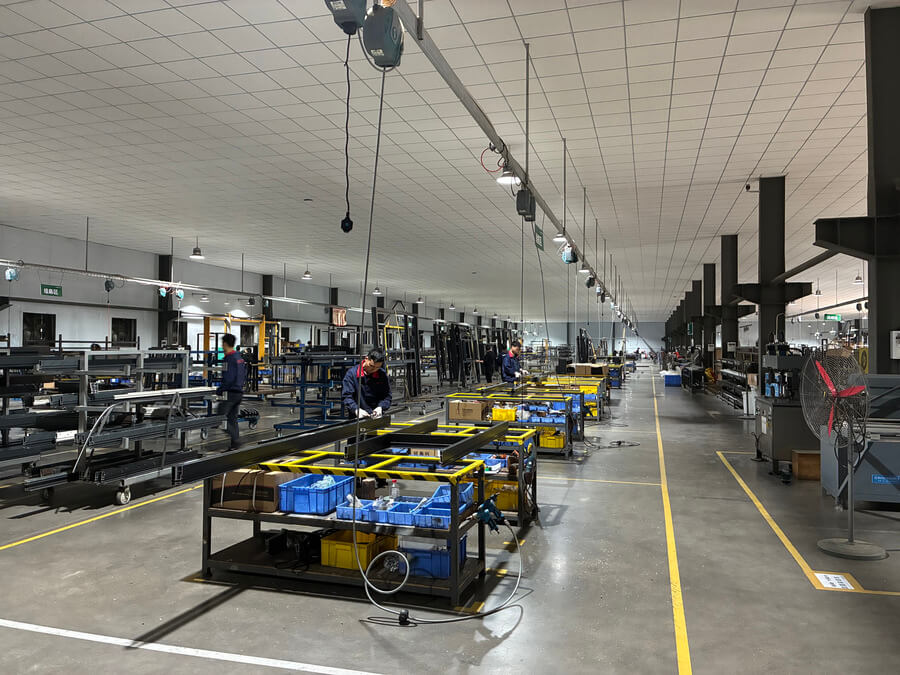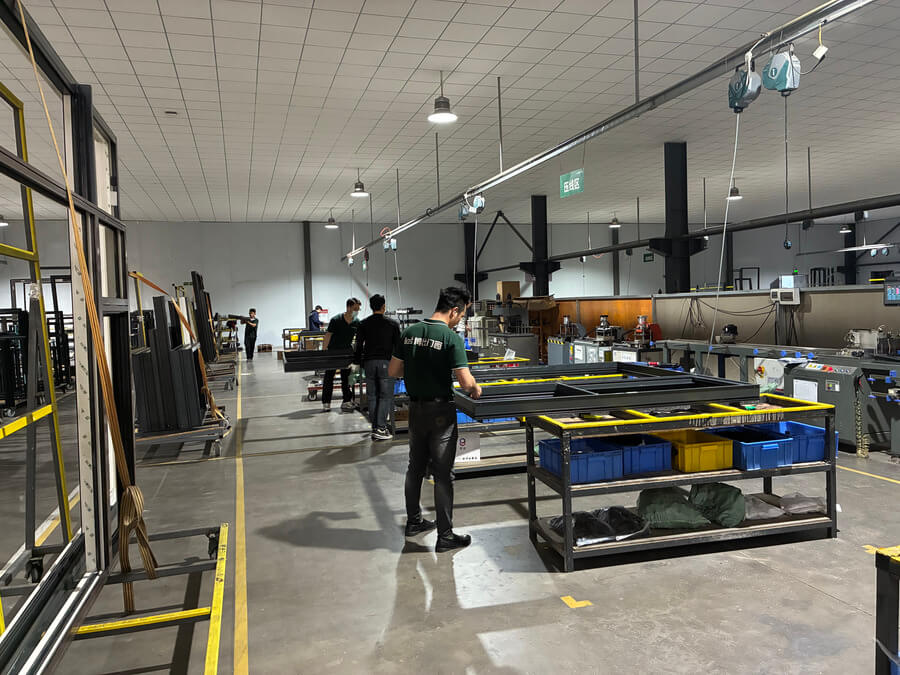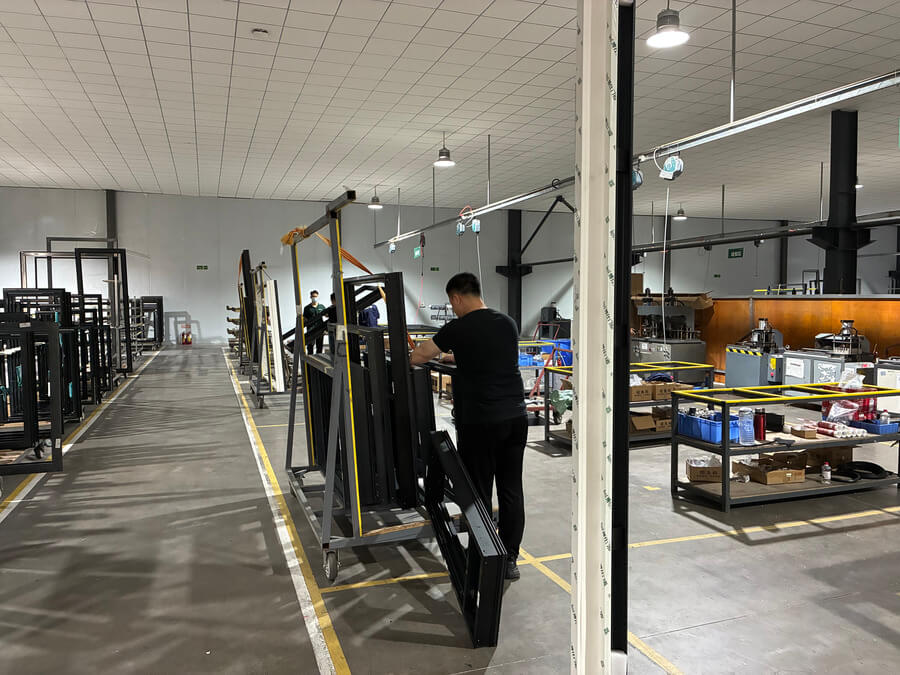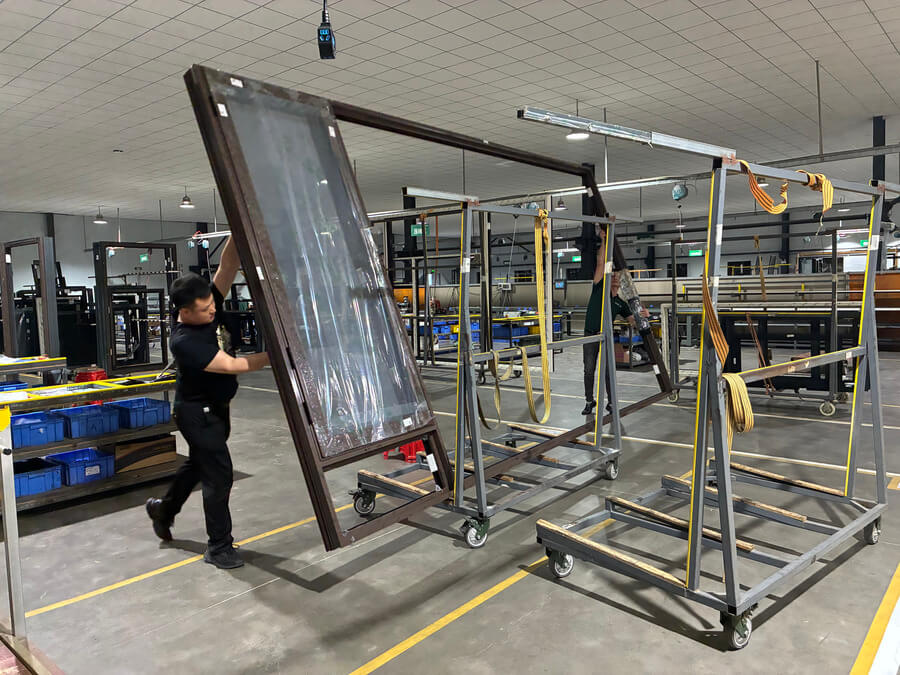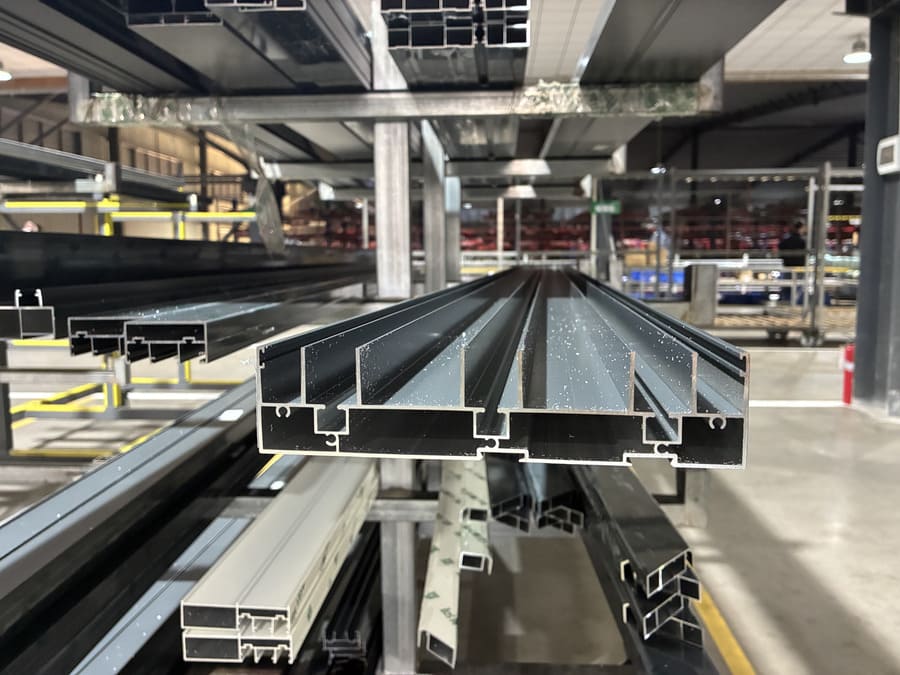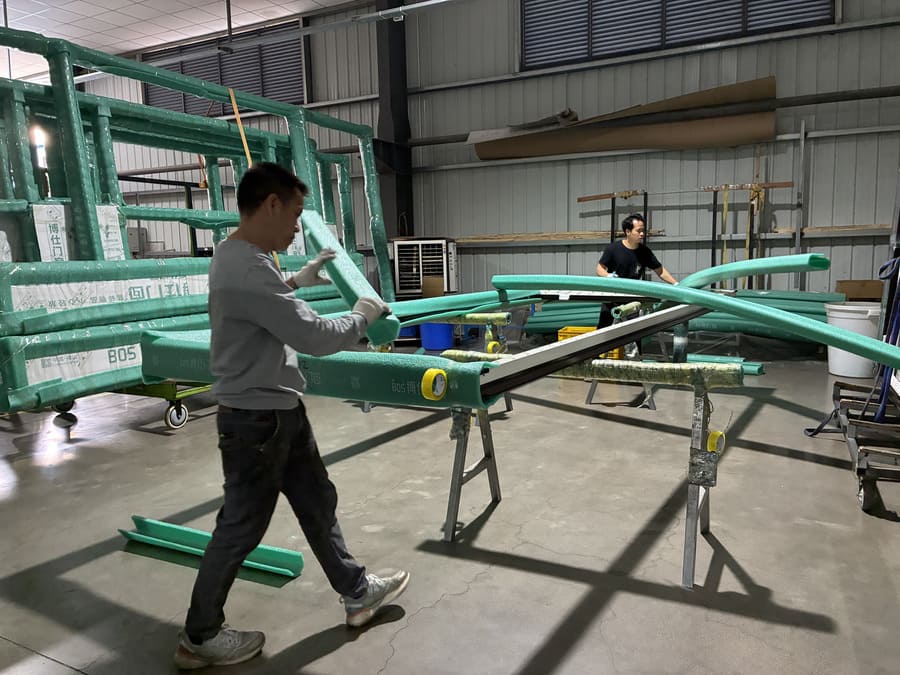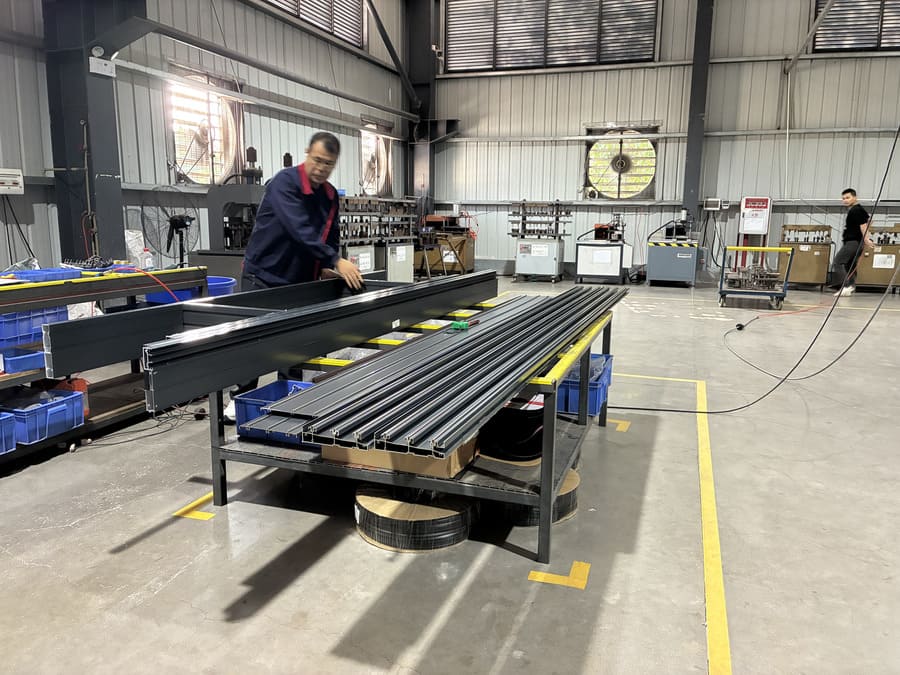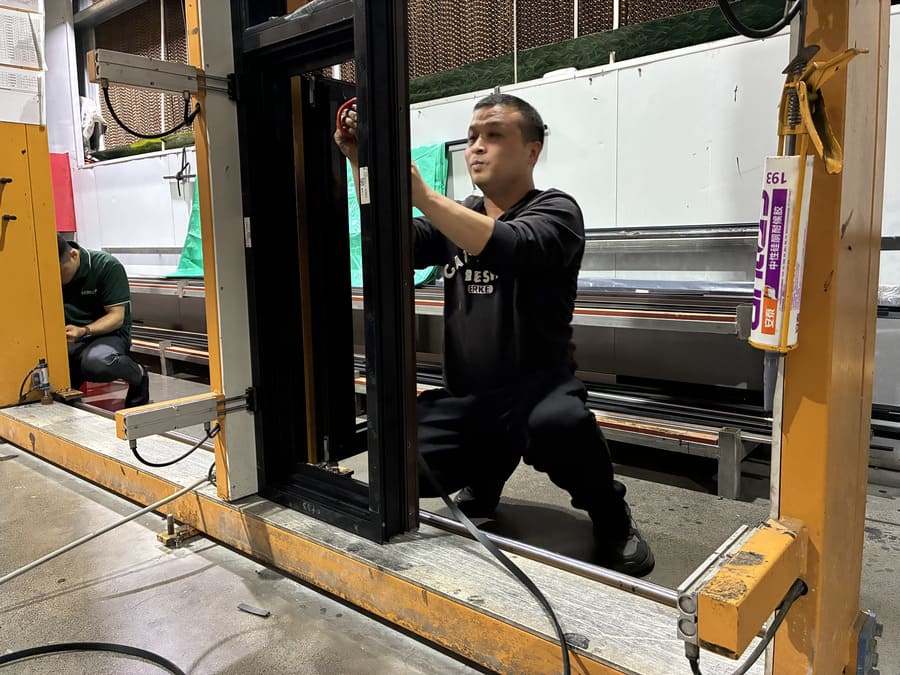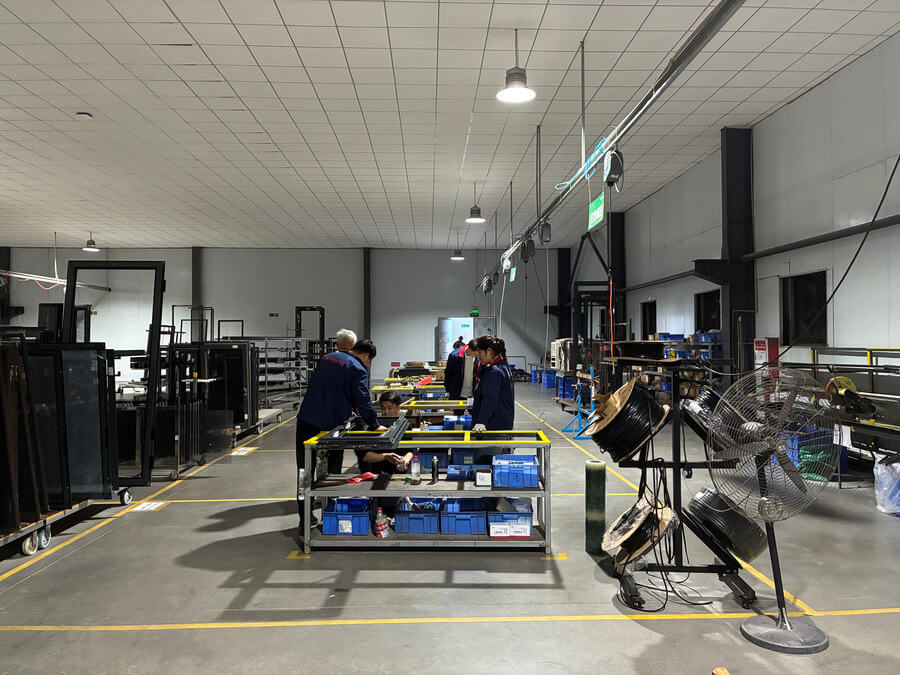What Are Clerestory Windows and Their Purpose?

Clerestory windows are a distinct type of window known for their high placement on walls, above eye level. Often found in the upper portion of a wall that contains windows, or even rising above roof lines, these windows are placed to capture light from above roofline or adjacent structures. Think of them as vertical windows sitting high to illuminate an interior space from above. The primary purpose of clerestory windows is to bring natural light deep into a building’s core, often in areas where traditional windows don’t reach or where wall space is limited. They’re not just about light, though; clerestories also serve as an architectural feature, adding visual interest and a unique dimension to interior spaces.
The beauty of clerestory windows lies in their ability to provide ample natural light without sacrificing privacy or wall space. Unlike floor-to-ceiling windows that offer expansive views but can compromise privacy and require significant wall space, clerestory windows offer a clever solution. They bring in natural light without the need for windows at eye level, limiting distractions from the outside world. This makes them ideal for spaces where you want to maximize light while maintaining a sense of seclusion and utilizing wall space for other purposes. For homeowners, architects, and builders, clerestory windows present a compelling way to enhance both the functionality and aesthetics of a building.
History of Clerestory Windows: Ancient to Modern Homes

The history of clerestory windows dates back to ancient times, with examples found in ancient Egypt. In Egyptian temples, clerestory windows were often used to illuminate the central halls, positioned high above lower windows and columns. Imagine Egyptian temples with massive slabs of stone, yet ingeniously pierced with windows high up to bring natural light into the inner sanctums. These early clerestories weren’t just for illumination; they were integral to the architectural and spiritual design of these religious structures. Clerestory windows date back centuries, proving their enduring appeal and functionality.
From ancient Egypt, the use of clerestory was used in Roman architecture, most notably in the Roman basilica. As architecture evolved through the romanesque and gothic periods, clerestory windows made a significant impact on gothic churches. In romanesque and gothic architecture, particularly in gothic masterpieces and gothic churches, rows of clerestory windows became a common feature. Combined with flying buttresses, these rows of clerestory windows allowed for taller and more open nave walls, flooding the interiors with light – a key characteristic of romanesque and gothic design. This architectural innovation reached its peak in the late gothic period, where clerestories became grand statements of design and engineering. The history of clerestory windows is rich, spanning millennia and cultures.
Clerestory Windows vs. Transom Windows: Key Differences

When discussing clerestory windows, it’s common to hear them compared to transom windows. So, what’s the difference between clerestory windows vs transom windows? While both are types of windows placed to bring in light, their position and purpose differ significantly. Transom windows are small windows typically positioned directly above doors or larger traditional windows. They are usually designed to open for ventilation and are often decorative, adding architectural detail above doorways or lower windows. Think of transom windows as companions to doors and main windows, enhancing light and ventilation at eye level or just above it.
In contrast, clerestory windows are set much higher, typically along the upper walls, often near the roofline. Unlike transom windows, clerestory windows are not usually designed to open for ventilation in the same way and are primarily focused on bringing natural light into the deeper areas of a building, not just near doorways. Clerestory windows may be fixed or operable, but their main function is illumination from above, rather than immediate ventilation or decorative door enhancement like transom windows. Understanding the distinct roles of clerestory windows vs transom windows is crucial in choosing the right type of window for your specific design needs. While transom windows enhance doorways, clerestory windows transform entire rooms with natural light.
Key Advantages of Clerestory Windows in Modern Design

The advantage of clerestory windows in modern homes and buildings are numerous, making them a popular choice for architects, builders, and homeowners alike. One of the foremost advantage of clerestory windows is the abundance of natural light they provide. By positioning windows high on the wall, clerestory windows allow sunlight to penetrate deeply into interior spaces, reducing the need for artificial lighting and creating a brighter, more airy environment. This influx of natural light can significantly enhance the mood and ambiance of a room, making it feel more open and inviting. The advantage of clerestory windows in light provision is unmatched by traditional window types.
Beyond natural light, clerestory windows may also offer enhanced privacy. Since clerestory windows are typically placed high above eye level, they provide illumination without sacrificing natural light while maintaining privacy from neighbors or street views. This is particularly beneficial in urban settings or densely populated areas. Another key advantage of clerestory windows is their contribution to ventilation. Operable clerestory windows can be designed to open, facilitating natural airflow and cross-ventilation, which helps in regulating indoor temperatures and improving air quality. In modern homes, clerestory windows are a smart, stylish, and functional choice.
Maximizing Natural Light: How Much Light from Clerestory Windows?

Clerestory windows are masters at maximizing natural light. Because they are windows placed high, often facing south, east, or west depending on design and location, they can capture sunlight throughout different parts of the day. Unlike traditional windows at eye level, clerestory windows allow natural light to wash down walls from above, illuminating a space more evenly and deeply. The amount of light that clerestory windows allow to enter a room can be substantial, often exceeding that of traditional windows of similar size placed lower on the walls. For maximizing natural light, clerestory windows are a great solution.
The effectiveness of clerestory windows in bringing in natural light is also influenced by the roof overhang and the orientation of the building. A well-designed overhang can help to control the amount of light and heat gain, especially from direct sunlight during the hottest parts of the day. Architects often use passive solar design principles to strategically position clerestory windows to optimize light capture in winter and minimize heat gain in summer. For those looking to increase the amount of light in a space, clerestory windows are an architectural feature that truly delivers, making them a valuable asset in sustainable and energy-efficient building design.
Ventilation and Airflow: Can Clerestory Windows Help?
While primarily known for natural light, clerestory windows can also significantly contribute to ventilation and airflow within a building. Operable clerestory windows can be designed to open, allowing warm air to rise and escape through the high windows help in creating a natural ventilation cycle. This is particularly effective in warmer climates or during summer months, as it helps to reduce the need for air conditioning by promoting natural cooling. The ventilation provided by clerestory windows can improve indoor air quality and create a more comfortable living environment.
When clerestory windows are designed to open, they can work in conjunction with lower windows or doors to create cross-ventilation. As warm air rises and exits through the clerestory windows, cooler air is drawn in through the lower windows, establishing a natural and continuous airflow. This ventilation strategy is not only energy-efficient but also promotes a healthier indoor environment by circulating fresh air. For buildings seeking light and ventilation, clerestory windows offer a dual benefit, enhancing both illumination and airflow in a sophisticated and architectural manner.
Modern Clerestory Windows: Design Trends and Integration

Modern clerestory windows are embracing contemporary design trends, moving beyond their traditional religious structures origins to become a sought-after feature in residential architecture and commercial buildings. Today, you’ll find modern clerestory windows integrated seamlessly into various roof lines and architectural styles. From sleek, minimalist homes to expansive commercial spaces, modern clerestory windows are adaptable and stylish. American architect Frank Lloyd Wright frequently incorporated clerestories in his designs, showcasing their potential in residential architecture.
One notable trend in modern clerestory windows is the use of glass clerestory, maximizing the glazed area to bring in even more natural light. Narrow clerestory designs are also popular, offering a subtle band of light that can create dramatic interior design elements. Modern homes often incorporate clerestory windows as a key interior design feature, using them to define spaces, highlight ceiling heights, or create a sense of openness. Whether integrated as a continuous row of windows or as individual units, modern clerestory windows are enhancing contemporary buildings with their timeless appeal and functional advantages.
Interior Clerestory Windows: Bringing Light Inside
While often associated with exterior walls and roof lines, interior clerestory windows are an innovative way to bring natural light into interior rooms that might otherwise feel dark or enclosed. Interior clerestory windows are used to borrow light from adjacent spaces, effectively sharing natural light between rooms. Imagine an interior space that lacks direct access to exterior walls; interior clerestory windows can be incorporated into interior walls to bring in light from a nearby room that does have windows. This is particularly useful in multi-story buildings or in homes with deep floor plans.
Interior clerestory windows can be designed in various forms, from simple glazed panels above doorways to more elaborate windows don’t reach exterior light. They can be especially effective in hallways, bathrooms, or walk-in closets that are located away from exterior windows are popular. By using interior clerestory windows, designers can create a more cohesive and naturally lit interior space, reducing reliance on artificial lighting even in the innermost parts of a building. Interior clerestory windows demonstrate the versatility of this window design concept, extending its benefits beyond exterior walls to transform interior environments.
Passive Solar Heating: Harnessing Sun with Clerestory Windows
Clerestory windows play a crucial role in passive solar heating design. When strategically positioned, especially facing south in the Northern Hemisphere, clerestory windows can be positioned to store solar heat during the colder months. The high placement of clerestory windows allows them to capture sunlight even when the sun is lower in the sky during winter. This passive solar gain can significantly reduce heating costs and contribute to a more energy-efficient building. Clerestory windows are not just about natural light; they are also about harnessing the free energy of the sun.
To maximize passive solar heating, the design should consider factors like roof overhang to control summer heat gain and interior design elements like thermal mass materials (such as concrete walls and floors) to store and slowly release the heat. Clerestory windows used in conjunction with passive solar design principles can create comfortable, energy-efficient buildings that are less dependent on conventional heating systems. This makes clerestory windows a key component in sustainable window design and green building practices. For architects and construction engineers focused on sustainability, clerestory windows are an invaluable tool.
Are Clerestory Windows Right for Your Project? – Considerations
Deciding if clerestory windows are right for your project involves considering several factors, whether you’re a homeowner, builder, or architect. For homeowners, think about the orientation of your home and the direction of sunlight. South-facing clerestory windows are ideal for passive solar gain in cooler climates, while north-facing clerestory windows provide consistent, diffused natural light without direct heat gain. Consider the roofline and architectural style of your home – clerestory windows can be integrated into various designs, but careful planning is essential for aesthetic harmony.
Builders and architects should evaluate the structural implications of clerestory windows, especially in relation to roof and wall construction. Proper flashing and sealing are crucial to prevent leaks, especially where clerestory windows meet the roof. Also, consider the energy performance of the glass clerestory – using energy-efficient windows with appropriate coatings can maximize the benefits of natural light and passive solar gain while minimizing heat loss or gain. Boswindor offers a range of clerestory windows made with high-quality materials and energy-efficient window design, suitable for various project needs. Careful planning ensures clerestory windows are both beautiful and functional.
Boswindor Clerestory Windows: Quality and Design for You
Boswindor Doors&Windows Solution Meet Your Needs
Durability, Low Maintenance, Lightweight, Strength, Sleek Aesthetic, Energy Efficiency, Recyclable, Resistance to Corrosion, Longevity, Customize, Security
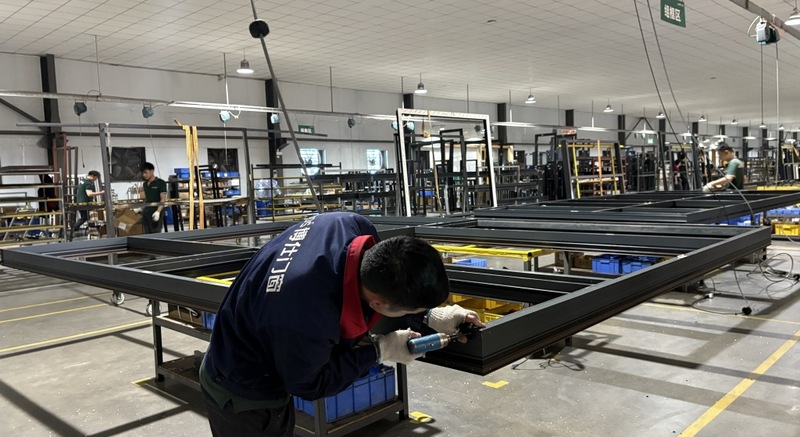
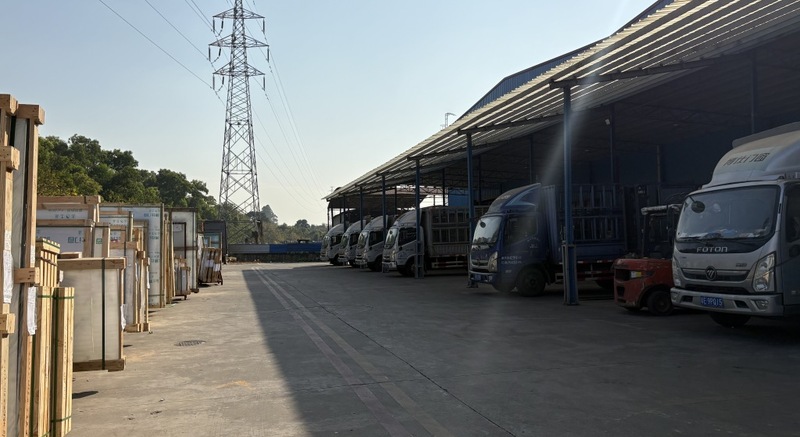
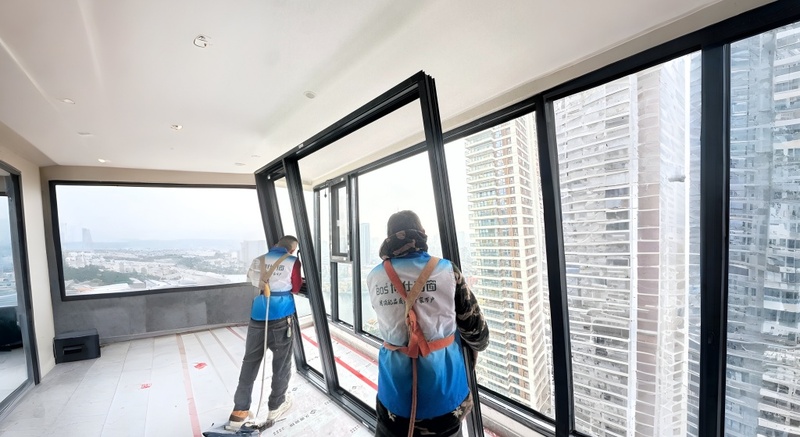
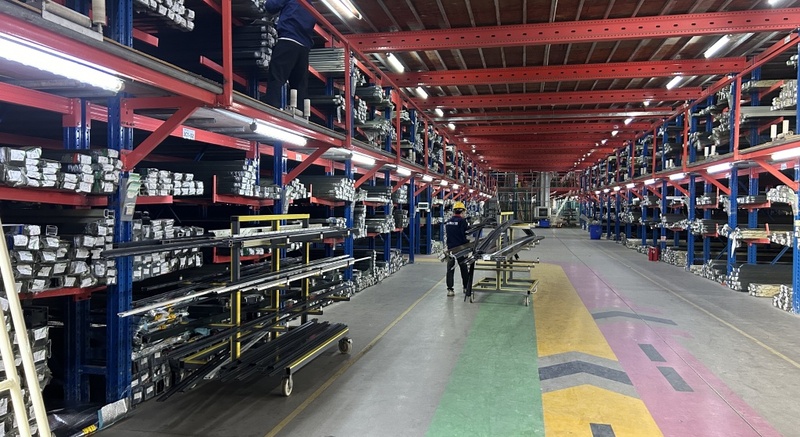
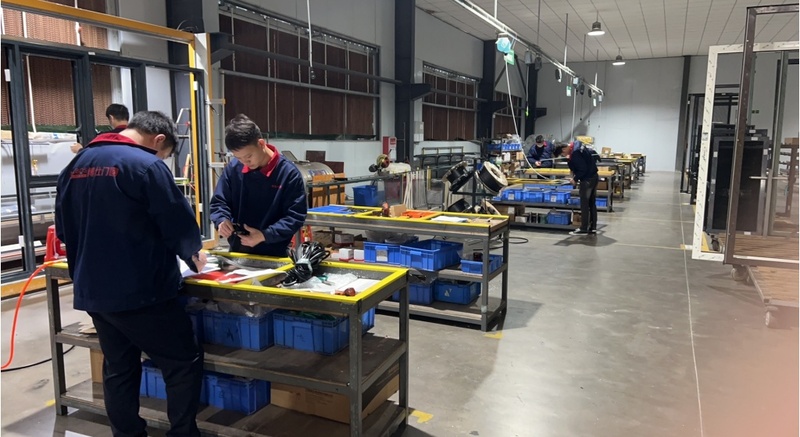
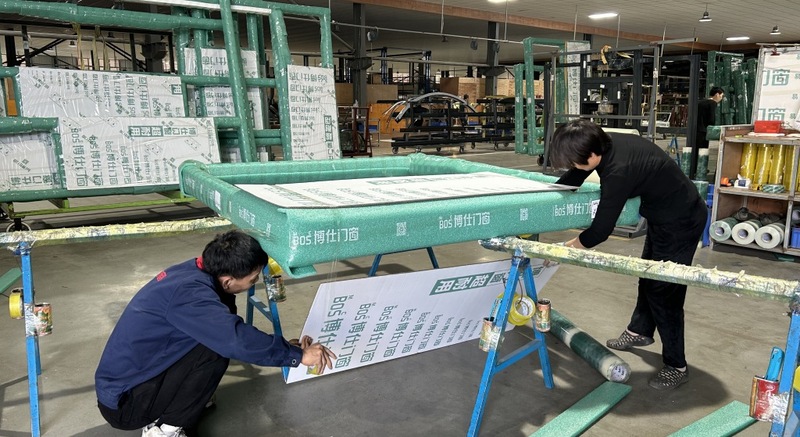
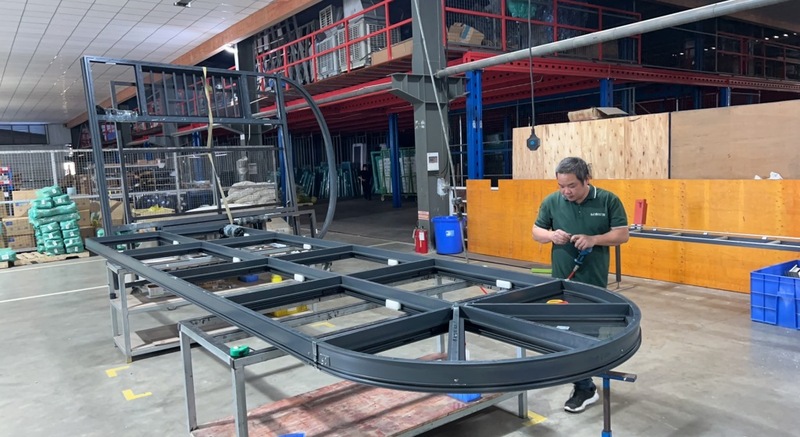
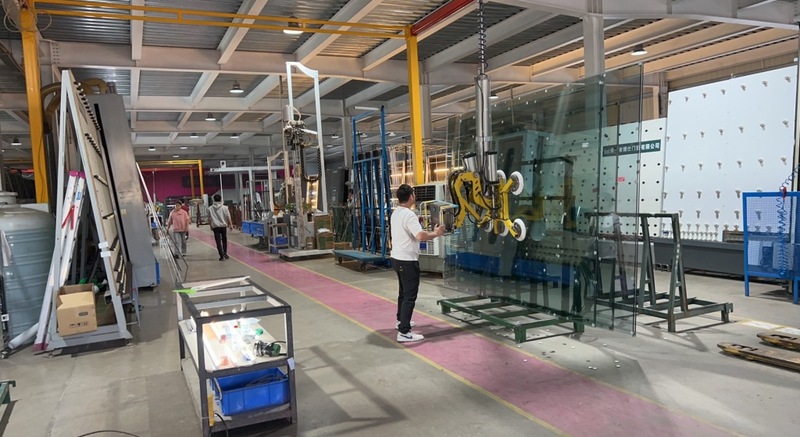
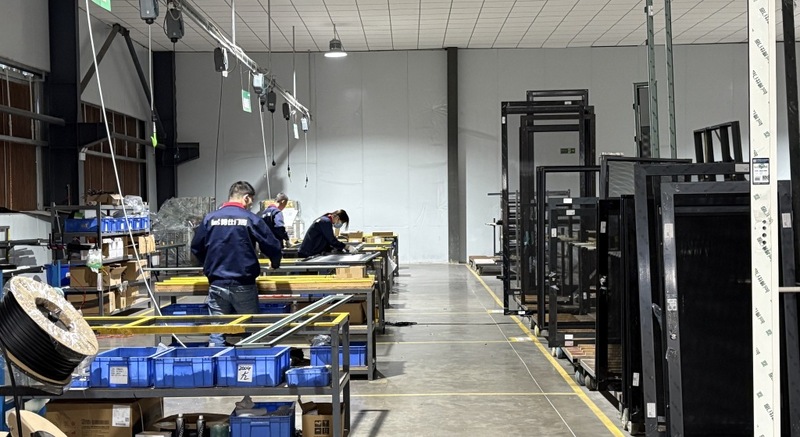
As a leading manufacturer of high-quality windows, Boswindor understands the unique benefits and design possibilities of clerestory windows. We offer a range of clerestory windows designed to meet the diverse needs of builders, architects, and homeowners. Whether you’re looking for energy-efficient windows help achieve passive solar heating, maximize natural light, or create a stunning architectural feature, Boswindor has the solutions. Our clerestory windows are typically crafted with precision and attention to detail, ensuring long-lasting performance and aesthetic appeal.
Boswindor clerestory windows are available in various materials and styles to complement your window design vision. From durable aluminum frames to energy-efficient glass options, we provide windows that look great and perform exceptionally. For projects requiring specific performance criteria, such as enhanced ventilation or superior insulation, Boswindor can customize clerestory windows to meet your exact requirements. Choose Boswindor for your clerestory windows and experience the perfect blend of quality, design, and functionality. Contact us today to explore how Boswindor can illuminate your next project with beautiful and efficient clerestory windows.
FAQs About Clerestory Windows
Are clerestory windows energy efficient?
Yes, clerestory windows can be very energy efficient, especially when designed with energy-efficient glass and proper orientation. They maximize natural light, reducing the need for artificial lighting, and can contribute to passive solar heating.
Do clerestory windows open for ventilation?
Yes, clerestory windows may be designed to be operable for ventilation. Operable clerestory windows can facilitate natural airflow and help in cooling a building.
Are clerestory windows difficult to clean?
Cleaning clerestory windows can be challenging due to their height. However, many modern clerestory windows are designed with features that make cleaning easier, or professional window cleaning services can be utilized.
Can clerestory windows be used in any style of home?
Clerestory windows are versatile and can be incorporated into various architectural styles, from traditional to modern homes. Their design can be adapted to suit different roof lines and aesthetic preferences.
Do clerestory windows provide privacy?
Yes, one of the advantages of clerestory windows is that they provide natural light while maintaining privacy, as they are positioned high above eye level.
What are the best window treatments for clerestory windows?
Window treatments for clerestory windows depend on the desired function. Options include motorized shades or films to control light and heat gain, especially for south-facing clerestories. For many, the appeal of clerestory windows is the natural light itself, so treatments are often minimal.
Key Takeaways About Clerestory Windows

- Clerestory windows are high-set windows used to bring natural light deep into buildings.
- They have a rich history of clerestory windows, dating back to ancient architecture and prominent in gothic design.
- Advantage of clerestory windows includes maximizing natural light, enhancing privacy, and aiding ventilation.
- Modern clerestory windows are versatile and can be integrated into various architectural styles and interior design schemes.
- Boswindor offers high-quality clerestory windows to meet diverse design and performance needs.
Learn more about Boswindor Windows and Doors and explore our Window Types for your next project. Consider Casement Windows or Aluminum Sliding Windows as complementary styles. For villa projects, see our Villa Windows and Doors Solution. If you’re designing a sunroom, our Sunroom Windows Doors page might inspire you. Contact us for bespoke Commercial Building windows solutions.







